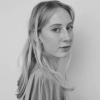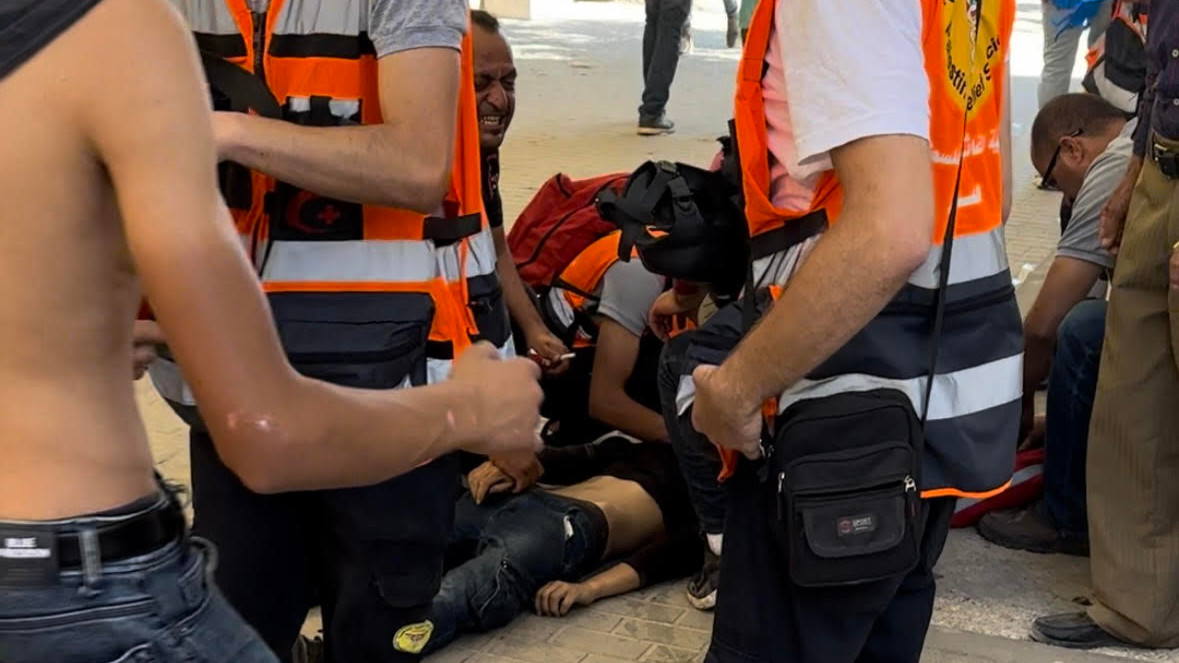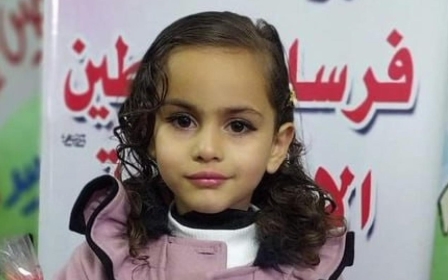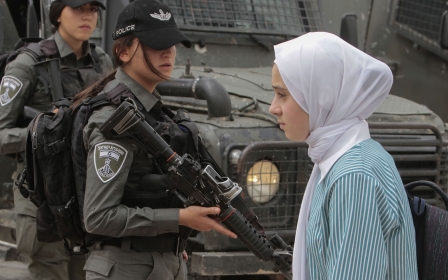Executed Palestinian teenager: 'Do not forget my birthday'
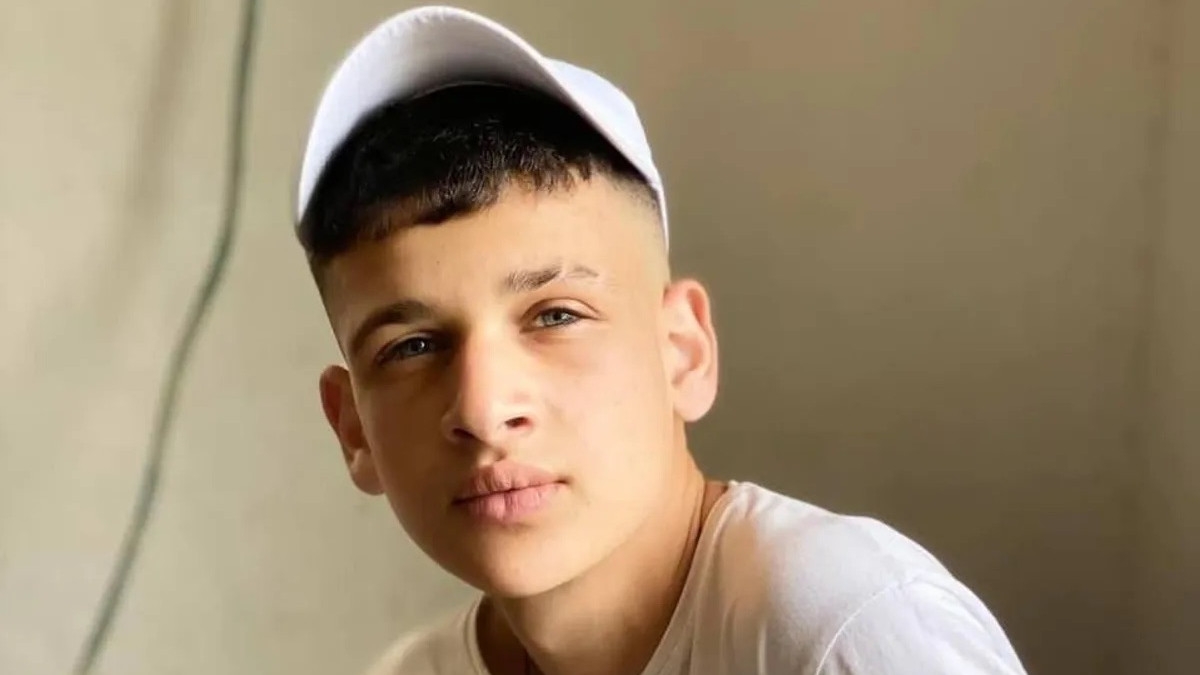
Being offered a glass of a sugary drink is commonplace in Palestine. Weeks later, it is difficult to fathom that this would be one of the last innocent, light-hearted gestures performed by the al-Baied family before their lives were irrevocably changed on Friday 21 July.
In the early afternoon, Israeli forces killed 17-year-old Mohammad Fouad al-Baied, a Palestinian teenager, and seriously injured another, during a peaceful protest in Umm Safa, a village north of Ramallah in Area B of the occupied West Bank.
The demonstration began as scheduled after the weekly Friday prayers had ended. Some men joined the group with their prayer mats slung over their shoulders, and young girls ambled with their families in their brightly coloured hijabs.
New MEE newsletter: Jerusalem Dispatch
Sign up to get the latest insights and analysis on Israel-Palestine, alongside Turkey Unpacked and other MEE newsletters
Peace 'obliterated'
The protest came in response to the recent increase in state-backed settler violence against the village, which saw a mob of settlers armed with rifles enter Umm Safa last month under the protection of soldiers and border police, firing at cars, houses, ambulances and press. The pogrom culminated in the burning of several houses and cars.
The protest came in response to the recent increase in state-backed settler violence against the village of Umm Safa
The unarmed protesters were met at the end of the road to the settlement by four armoured jeeps and a wall of soldiers kitted in bullet-proof vests, knee pads, protective glasses and helmets.
They brandished an array of weapons, including guns fit for rubber bullets, AR-15 and Tavor assault rifles, and sniper rifles. The nakedness of the Palestinian protesters could not have been more apparent.
The residents of the village began to return to their homes and families in the centre of the village after half-an-hour. It was then, as their backs were turned, that the peace was obliterated by a soldier lunging into a readied stance and firing his bolt-action sniper rifle towards an unknown, distant target.
Immediately afterwards, the armoured vehicles fired teargas canisters at the retreating crowd, choking adults and the remaining children indiscriminately.
The vehicles entered the heart of the small village in a convoy, firing teargas continually. Palestinian youths responded to their advances with stones from the hillside, a long-standing symbol of Palestinian resistance in the face of one of the largest per capita military budgets in the world, with undeniable parallels to the story of David and Goliath.
Observers from human rights organisations were offered refreshments and shelter from the teargas while the soldiers advanced into the town, in stark contrast to the scenes on the streets below. No matter how immediate and severe the level of violence becomes, Palestinian hospitality always remains unwavering in its generosity.
Past the soldiers still firing teargas and low-calibre bullets at the balaclava-clad adolescents, Red Crescent workers were gathered in the same courtyard used earlier for the communal prayers. Spirits were high and ice-creams were being distributed between elderly men and children playing chess amid the chaos when a distinctive crack shattered the air, thick with smoke and teargas. The soldiers had begun using high-velocity ammunition.
Within moments, screams rang out among the bystanders, and a flood of neon orange, slipping away from safety, hurried towards the noise. Trudging through mounds of earth and rock, they carried a limp, grey figure. It was Mohammad, whose mother had handed out orange juice to strangers and sheltered them in her home just moments earlier.
An execution
The unarmed teenager was shot in the head from the porch of a house no more than 20 metres away. A pool of blood and a piece of his skull marked Mohammad as having been separate from the majority of the youths throwing "life-threatening rocks" at soldiers, according to the Israeli military, at the time of his death.
As he was carried to safety, it was impossible to ignore the lack of colour in his face, his peaceful expression contrasting with the mass of red on the right side of his head, evidence that, as the occupation soldier shot him in the head, he was looking away.
It is difficult to imagine how M0hammad's death could be interpreted as anything but an execution. He was pronounced dead on arrival at the hospital, but in reality, as his stepfather knelt clutching his hand, the truth was painfully obvious.
Born in the Jalazone refugee camp, his family victims of the Nakba in 1948, M0hammad was the only son of a widow. In 2009, his family moved from the overcrowded camp to Umm Safa, where they became the targets of indiscriminate settler violence, increasing in severity with the encouragement of the current far-right Israeli government.
A regular teenage boy who loved video games, cars and motorcycles, Mohammad had left school to support his mother and three sisters, whom he loved dearly.
Mohammad's execution - from a distance where shooting to incapacitate was entirely possible - was avoidable but unsurprising. In a TikTok story he posted shortly before his death, M0hammad highlighted the tragic reality of life for young boys in the West Bank and Gaza. Acknowledging the possibility of his martyrdom, he requested to be buried next to his father and apologised to his mother.
He is now among the 40 Palestinian children to have been killed by Israeli forces since the beginning of 2023. Some were guilty of stone-throwing, others simply of being Palestinian. The systematic use of lethal force by Israeli forces against children who do not pose a threat is a tactic well-documented by the UN. When heroics and sacrifice are emphasised, it is easy to forget that boys like Mohammad are just that: boys.
It is difficult to imagine how M0hammad's death could be interpreted as anything but an execution
Mohammad's list of requests included the following:
"Bury me next to my father... Tell my family that I love them so much. I don't want grief or solace.
Don't take off my bracelets. When I die, do not put me in the refrigerator, I do not like the cold... Put a light next to my grave, I am afraid of the dark. Do not forget my birthday... "
Mohammad's birthday was February 1. He was born in 2006. He was just 17 years old.
The views expressed in this article belong to the author and do not necessarily reflect the editorial policy of Middle East Eye.
Middle East Eye delivers independent and unrivalled coverage and analysis of the Middle East, North Africa and beyond. To learn more about republishing this content and the associated fees, please fill out this form. More about MEE can be found here.


